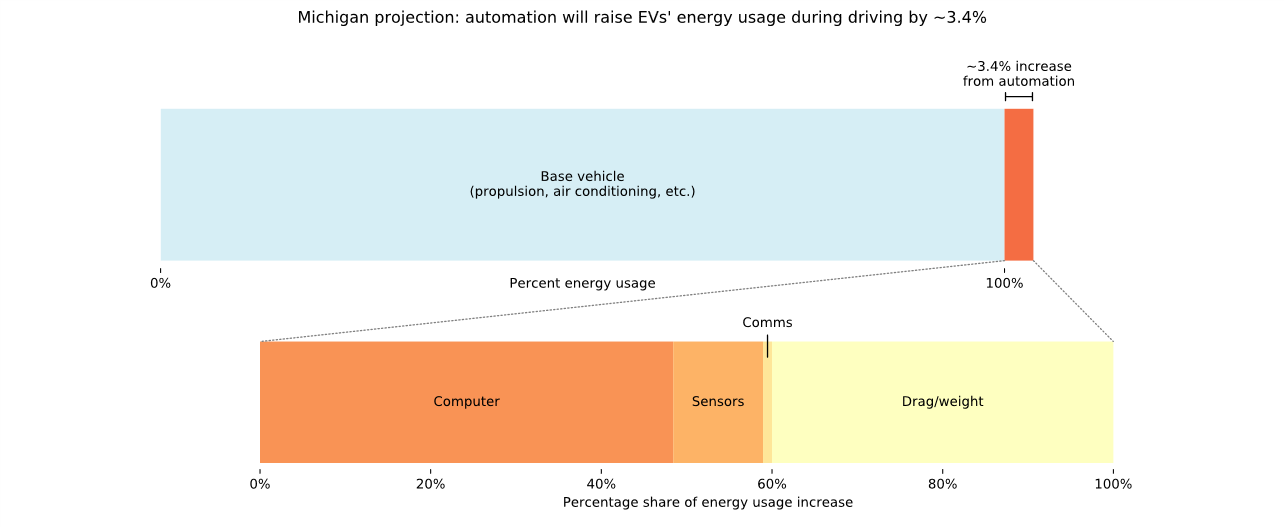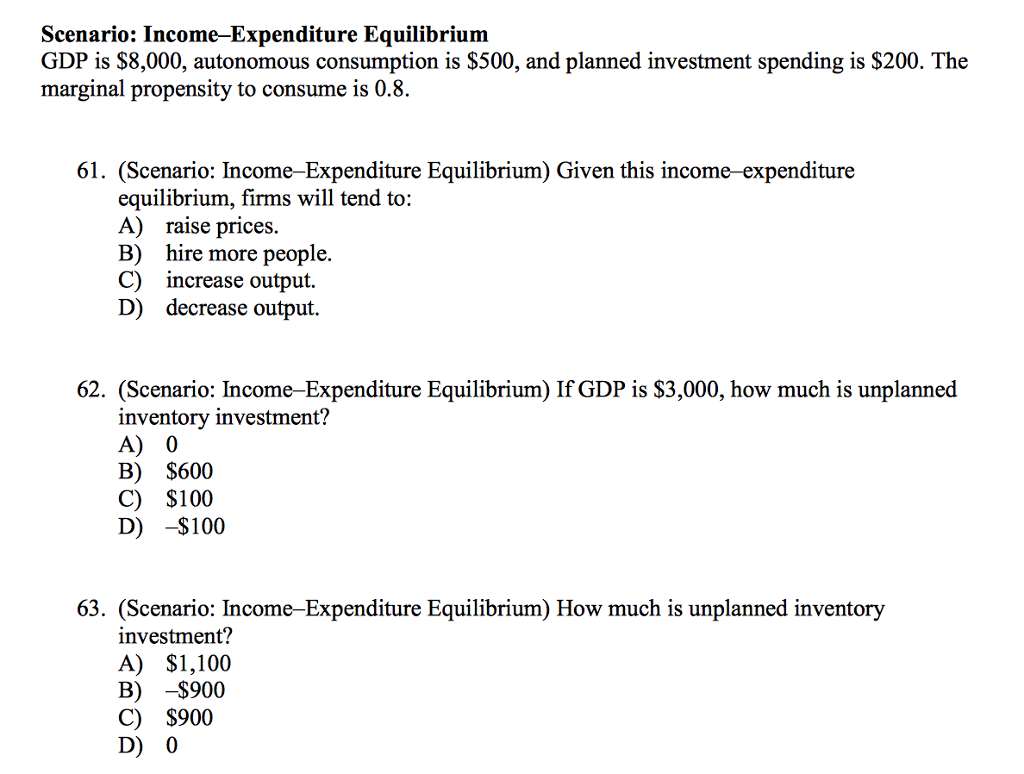

The graph represents the intercept of the linear aggregate expenditure curve as described in the previous section. Its value is constant, even if the real GDP is zero. Meanwhile, autonomous spending does not depend on fluctuations in real GDP. Growing demand stimulates them to increase production by investing, hoping to make more profits. Businesses see these conditions as favorable. It encourages them to spend money shopping, increasing the demand for goods and services. When real GDP grows during expansion, households see improved income and employment prospects. Household spending and business investment are good examples. Vice versa, its value will decrease when real GDP falls. As a result, some induced spending will also increase when real GDP rises. Induced spending fluctuates with changes in aggregate income, as indicated by changes in real GDP. Below are two curves to represent their relationship to real GDP. What is the difference between autonomous spending and induced spending?Īutonomic expenditures are the opposite of induced expenditures. And when real GDP is equal to zero, aggregate expenditure is equal to autonomous spending, and since the value is always positive, it will be greater than zero. The combination point between aggregate expenditure and real GDP will form a straight linear line with a positive slope. Those three explanations show why autonomous spending is always positive.Įconomists then plot the above formula into a curve, where the Y axis represents total spending and the X axis represents real GDP. The government also has to budget for spending to run the government, for example, personnel spending, so it’s never negative either. Third, government spending is also impossible to zero. It can only be zero, which means no goods are shipped to foreign markets. Second, exports are also unlikely to be negative. Autonomous expenditures vs Induced expenditures

They may draw wealth from the savings they have accumulated in the past. First, the household sector will continue to spend on food or beverages even when they have no income. It’s always positive why? Let’s take some examples. Economists also refer to it as the marginal propensity to consume (MPC).įrom the above formula, when real GDP equals zero, the aggregate expenditure equals autonomous spending. Meanwhile, b represents the slope, which represents the change in AE when Y changes. Then, economists write it into a linear mathematical formula like the equation below:ĪE represents aggregate expenditure. The value is constant, even if income is zero. What is the autonomous expenditure formula?Īs defined above, autonomous spending is independent of income levels.

Some items in government spending are considered autonomous because they are necessary to run a nation, even during difficult times such as an economic depression. Thus, it is not affected by domestic income but rather foreign income. It is an autonomous expenditure because it represents goods purchased by foreigners. Thus, autonomous spending in macroeconomics refers to items in aggregate expenditure whose changes are unaffected by changes in real GDP.Įxports are an example of autonomous spending. To measure income, economists use real GDP to represent it. Such spending also exists in macroeconomics – and this article focuses on that. So, we keep buying them because our lives are at stake without them – we die if we don’t eat and drink. They are essential for meeting our basic needs. Spending on items such as food and drink is an example. In other words, they will still exist even if the income equals zero. What’s it: Autonomous expenditure is unaffected by income level.


 0 kommentar(er)
0 kommentar(er)
